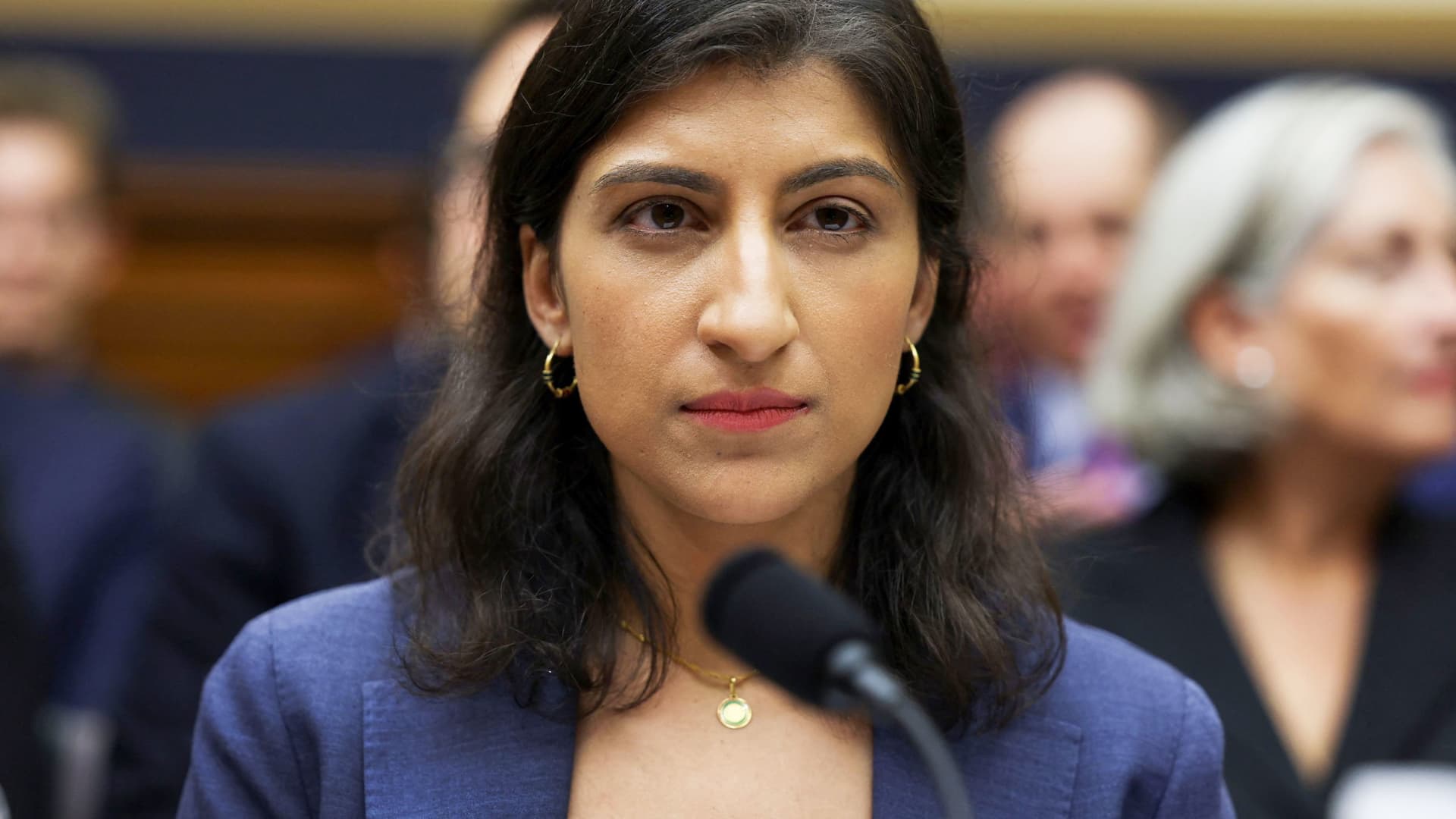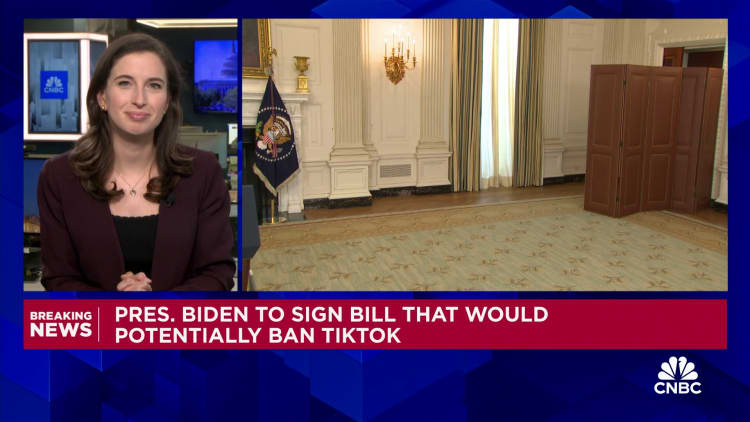Gov. Josh Shapiro of Pennsylvania, who has complained that his state’s higher education “isn’t working,” proposed Friday a sweeping overhaul of the state’s sprawling system that would cut tuition for many students and shift some of the schools’ funding to them Basis would determine performance.
The plan would bring 10 of Pennsylvania’s public universities and all 15 of its community colleges under one governance umbrella, increase state funding for public higher education and require low- to middle-income students to pay just $1,000 per semester in tuition.
The bulk of the plan does not affect Pennsylvania’s best-known public universities, including Penn State, Pittsburgh and Temple.
“After 30 years of disinvestment, too many of our colleges and universities sit empty and not enough students have affordable pathways to good jobs,” Mr. Shapiro said in a statement.
Plans for the overhaul have been drawn up for nearly a year by a task force formed by the governor, who publicly complained about problems in the system shortly after taking office in 2023.
Competition between state-funded universities has a negative effect, he said last year, as “colleges compete with each other for a limited dollar, duplicating programs, driving up costs and actually restricting access.”
Mr. Shapiro, a Democrat and former attorney general, did not disclose the dollar amount of his funding proposal, whether new taxes would be imposed or whether there would be cuts to university departments. Some of these details are expected to be announced in February. 6 if the governor is to deliver a budget communication.
A spokesman for the governor said the exact governance structure of the new system — and whether it would have a board and a chancellor — still needs to be worked out with the state legislature.
While cost savings are a priority and there is a possibility that universities’ administrative functions will be consolidated, there are no plans to close campuses, the spokesman said.
Under the plan, funding for each university would be based in part on a system that rewards schools that meet performance metrics, including their graduation rates and the number of first-generation college students receiving credentials.
According to Mr. Shapiro’s office, Pennsylvania currently ranks 48th among states in the affordability of its public higher education system and 49th in spending on public higher education.
A 2021 analysis by the independent think tank Center on Budget and Policy Priorities found that Pennsylvania was one of only four states that required students to pay 20 percent or more of household income for higher education.
Nationally, concerns about college affordability are growing as states have cut public funding since the 2008 financial crisis, shifting more of the costs to students. Several governors, both Democrats and Republicans, have proposed additional funding for higher education.
Mr. Shapiro’s plan affects 10 smaller public universities across the state that make up what is known as the Pennsylvania State System of Higher Education. Enrollment at the 10 schools has declined dramatically over the past 10 years, from 115,000 in 2012 to 83,000 in 2023. Enrollment at community colleges in the state has seen a similar decline.
Colleges expect further enrollment declines in the next few years as the cohort of students born after the 2008 financial crisis – a time of lower birth rates – comes of age.
Source link
2024-01-26 12:56:32
www.nytimes.com







